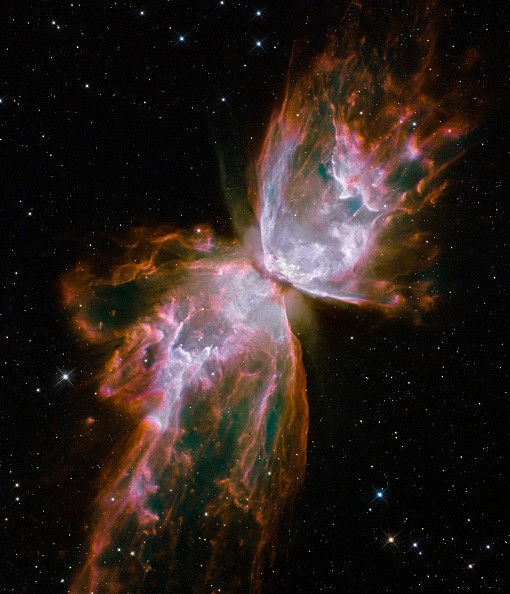NASA's Fermi Gamma-Ray Space Telescope discovered a very unusual radiation blast from a dying star back on August 26, 2020. The involved group of astronomers, including space experts from India, confirmed that the recorded space radiation burst is the shortest one to hit Earth.

The international space agency's space researchers announced that the short, powerful burst of high-energy radiation lasted for around one second. They added that it had been traveling towards the Earth for around 50% of the universe's present age.
The Ministry of Science and Technology also confirmed this information on Tuesday, July 27. On the other hand, the shortest gamma-ray burst ever recorded is generated by a massive star after it died.
Why NASA's Shortest Recorded Radiation Burst Is a Big Deal
According to NDTV's latest report, gamma-ray burst, or GRB, is one of the most powerful space events in the universe. Experts said that GRBs are detectable across billions of light-years away.

The discovery of the shortest radiation blast involved Shashi Bhushan Pandey, one of the space experts at Aryabhatta Research Institute of Observational Sciences (ARIES), an institute of the Department of Science and Technology (DST).
On the other hand, other space experts from different Indian institutions also got involved in the new space study. For the past few years, NASA and other space agencies claimed that short radiation bursts are usually not produced by dying stars.
They added that these dying heavenly bodies usually generate long gamma-ray bursts since they burn lots of gases. However, the involved Indian space experts rejected this idea, claiming that stars also produce short radiation blasts.
"We already knew some GRBs from massive stars could register as short GRBs, but we thought this was due to instrumental limitations. Now we know dying stars can produce short bursts, too," said Bin-bin Zhang at Nanjing University in China and the University of Nevada.
Other Details of the Shortest Radiation Burst
Weather Channel reported that NASA's latest GRB burst discovery led to two new papers published in Nature Astronomy Journal.
NASA and the Indian astronomers explained that the shortest radiation blast called GRB 200826 was a sharp blast of high-energy emission lasting just 0.65 seconds.
For more news updates about NASA and its new space discoveries, always keep your tabs open here at TechTimes.
Related Article : Kepler Space Telescope Discovers Planet Formation--What the Astronomers Found Out in the Binary Systems?
This article is owned by TechTimes
Written by: Griffin Davis
ⓒ 2025 TECHTIMES.com All rights reserved. Do not reproduce without permission.




